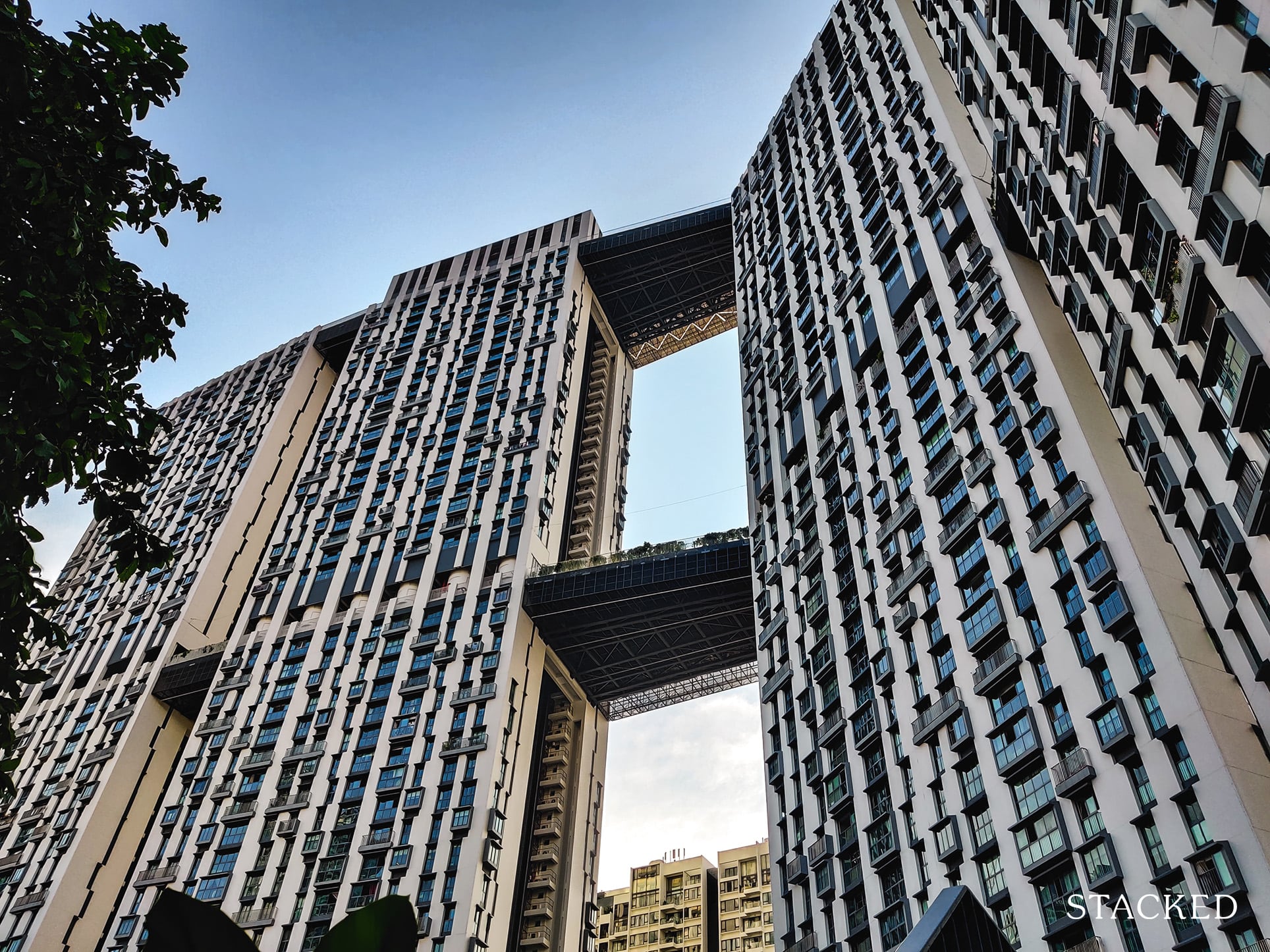Do HDB Flats On Lower Floors Have Poorer Resale Value?
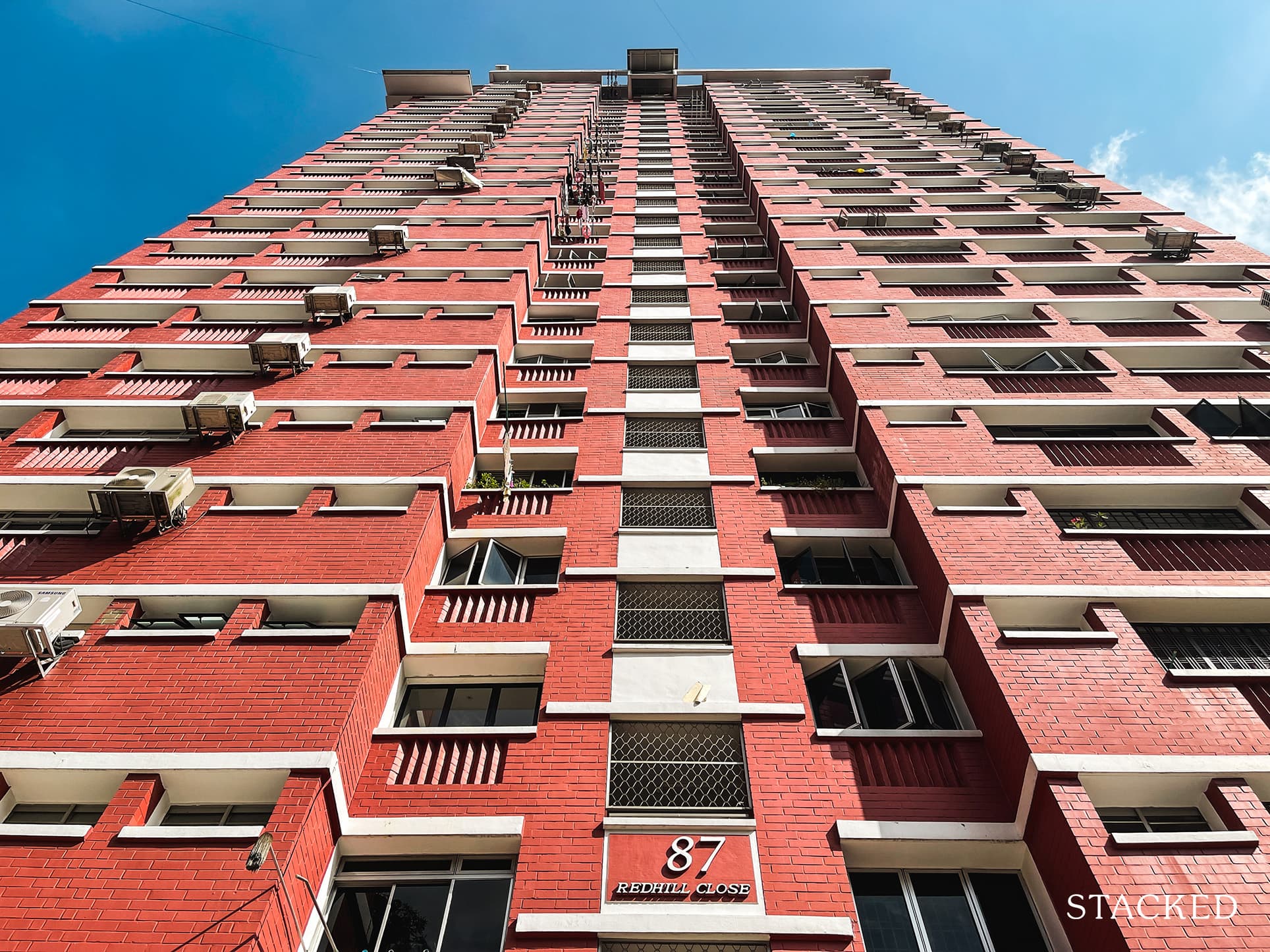
Get The Property Insights Serious Buyers Read First: Join 50,000+ readers who rely on our weekly breakdowns of Singapore’s property market.
Ian is a property enthusiast who finds himself constantly learning about this art and uses data to educate himself on property investment. When not analysing property data, Ian can be found shooting hoops, eating healthily and reflecting on himself, so that he can continue pursuing his aspirations for as long as his mind and body allow.
With resale HDB flats continuing their relentless ascend to record prices in nearly a decade, it seems that owners can do no wrong, regardless of which floor their flats are located on.
But did you know that there was a time not too long ago when there were actually some HDB flats which no one seems to want to buy, even if they are in a prime location (e.g. Queenstown)? If you noticed, these flats are typically located on lower floors, which are close to the bin centres or reserved for buyers belonging to the minority races under HDB’s Ethnic Integration Policy.
Besides being located near to bin centres, flats on lower floors may also face unwanted noises (e.g. basketball courts) and multi-storey car parks, which can pose a hindrance to the occupants, which has deepened their unpopularity amongst homebuyers.
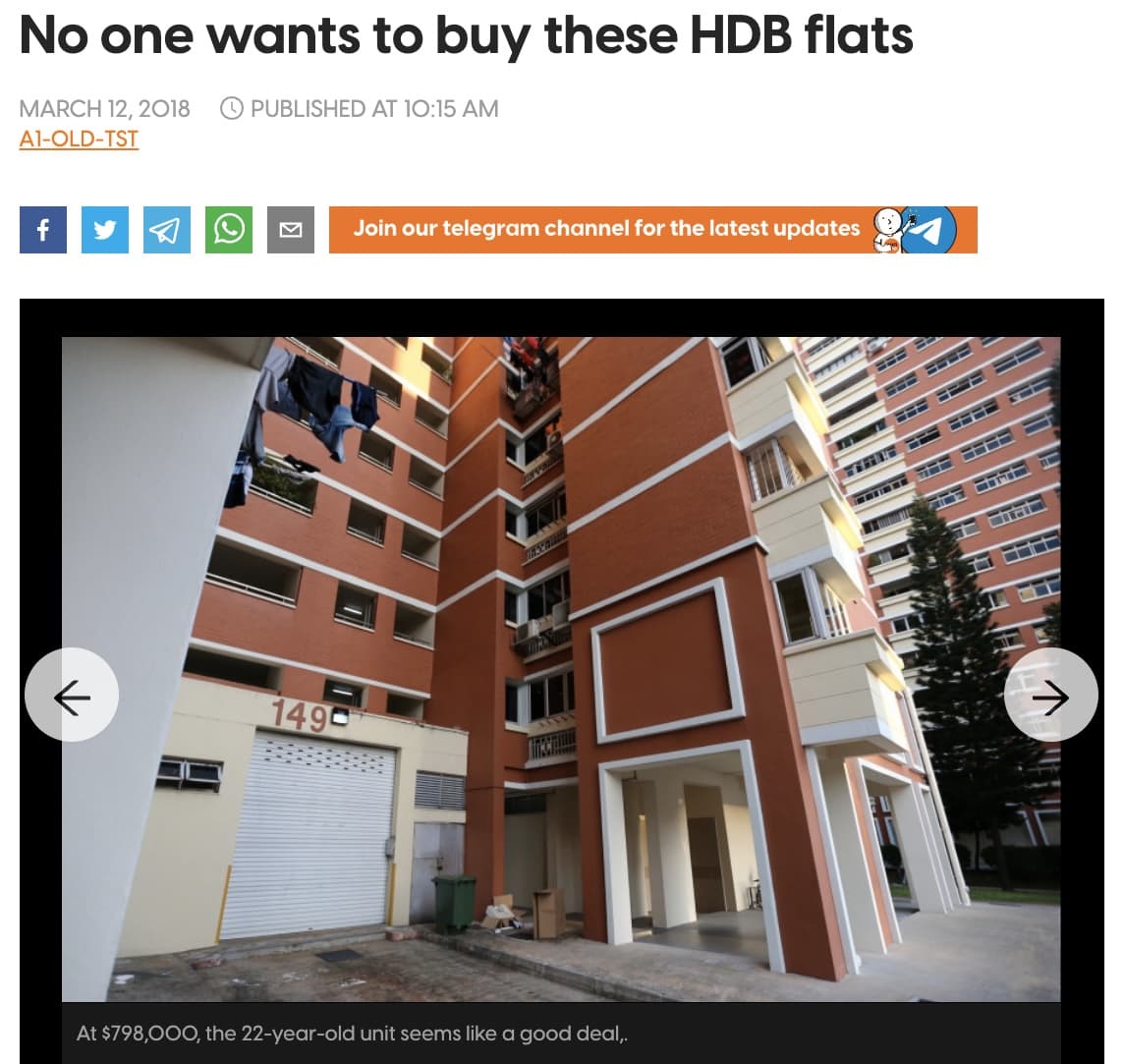
Bearing this in mind, is it really going to be an issue if you do end up buying such a unit? Read on to find out!
Notes on this study
Before we present our findings, here are the following points that we wish to highlight –
- The dataset that we examined contains around 71,400 resale transactions from HDB spanning from 2003 to the present day, with leases commencing between 2002 and 2019.
- Floor levels were grouped into 4 categories as follows –
- Very low – For flats located between 1 and 3 floors;
- Low – For flats located between 4 and 6 floors;
- Mid – For flats located between 7 and 10 floors; and
- High – For flats located from 11 floors onwards.
- HDB developments without floors 1 to 3 were removed from the dataset, as they may skew the results in favour of flats located on the mid to high floors, which will affect the accuracy of the analyses.
- For more meaningful analysis, we only included 3 to 5 room flats, as smaller ones (i.e. 1 and 2 room flats) have a smaller pool of buyers, resulting in fewer transactions than their larger counterparts, which may not be reflective of the true market value.
- The study does not isolate factors like location, proximity to amenities, transportation links, condition of the flat and so on.
Key findings
The key findings of our study are summarised as follows –
- Flats on “Very Low” floors do not necessarily lose out to flats on higher floor ranges in terms of PSF appreciation.
- Flats on “Very Low” floors displayed a slower rate of PSF decline compared to flats on higher floors, especially as the age of the flat increased.
- Large flats (e.g. 5 room flats) located on the “Very Low” floor range have the lowest disparity in terms of PSF compared to flats on the higher floor range.
- There is no discernible pattern/observation for PSF change by floor category across towns.
Flats on “Very Low” floors do not necessarily lose out to flats on higher floor ranges in terms of PSF appreciation
Contrary to the conventional belief that flats on lower floors are shunned by homebuyers (which leads to lower resale prices as compared to flats on higher floors) it was surprising to note that that wasn’t necessarily the case. In fact, flats on very low floors outperformed those on higher floor categories in terms of PSF appreciation during the peaks of the property cycle (e.g. years 2007, 2011 to 2012, 2018, 2021).
(see Table 1 below, where only flats with leases starting between 2002 and 2004 were included, to minimise the inflationary effect of newer flat prices). This may suggest that when the liquidity and homebuyers’ confidence are high, even flats on less desirable floor levels can see decent profits that rival those on higher floors.
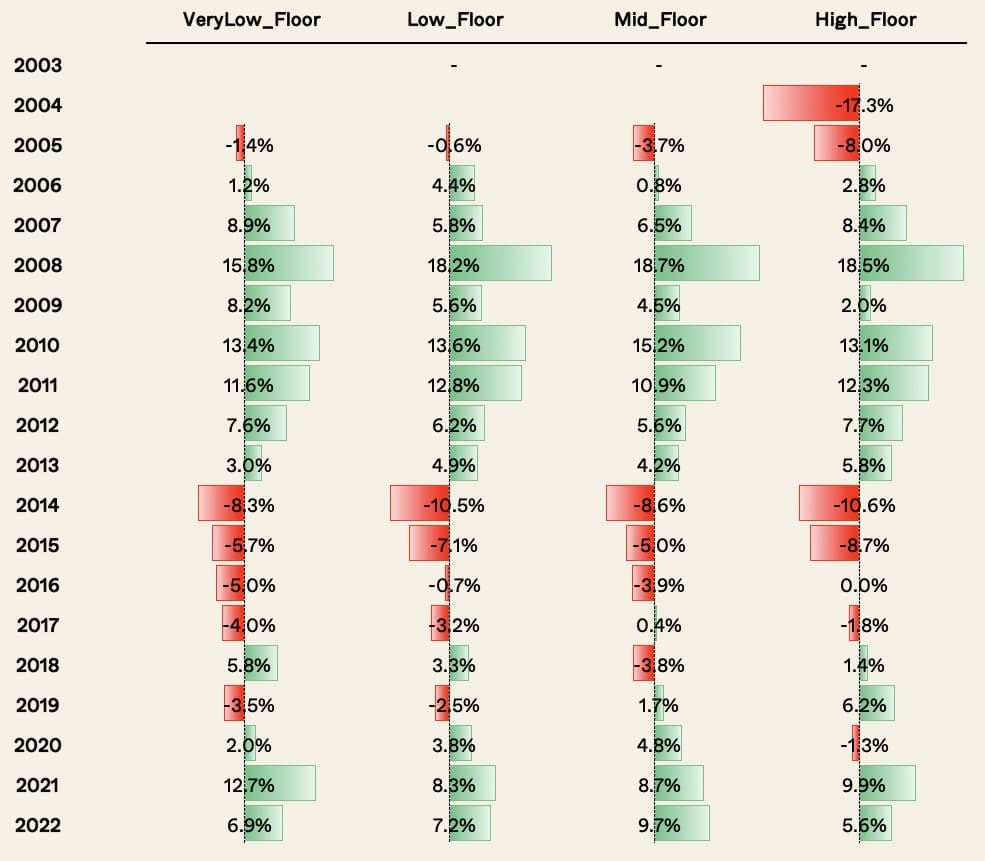
Now that we’ve looked at how $PSF of different floor types look over time, what other patterns can we observe?
Older Flats on “Very Low” floors displayed a slower rate of PSF decline compared to flats on higher floors
Interestingly, our analysis shows that flats on lower floors displayed better resilience in their values as they age (pls see Table 2). This could mean that buyers generally do not mind staying on lower floors as much when the flat ages, so long as the flat fulfils other needs (e.g. amenities, and space, which we will cover shortly). It could also be surmised that as neighbourhoods became more urbanised, certain blocks with higher floors may have lost their view from before and therefore face a reduction in their premium. In other words, buying a lower floor unit could really be a “what you see is what you get” type of deal, but for higher floor units, this may not be the case since views can change over time.

Large flats located on lower floors also show better price resilience
Besides showing resilience in values by flats on lower floors that are ageing, larger flats (i.e. 5 room flats) in this floor category also exhibited less disparity in terms of their appreciation, as compared to their counterparts on higher floors (pls see Table 3 below).
One possible explanation for this trend could be the higher priority that homebuyers (who tend to be a family nucleus) place on space over floor level due to practical reasons, especially during this pandemic when most of us have been on a hybrid work arrangement, which could become a new normal moving forward as employers offer employees such flexibility in a war for talent.

There is no discernible pattern in PSF change by floor category across towns
Let’s take a look at how much higher floors cost compared to lower floors across HDB estates. The following table shows the price differences for transactions between April 2020 – April 2022.
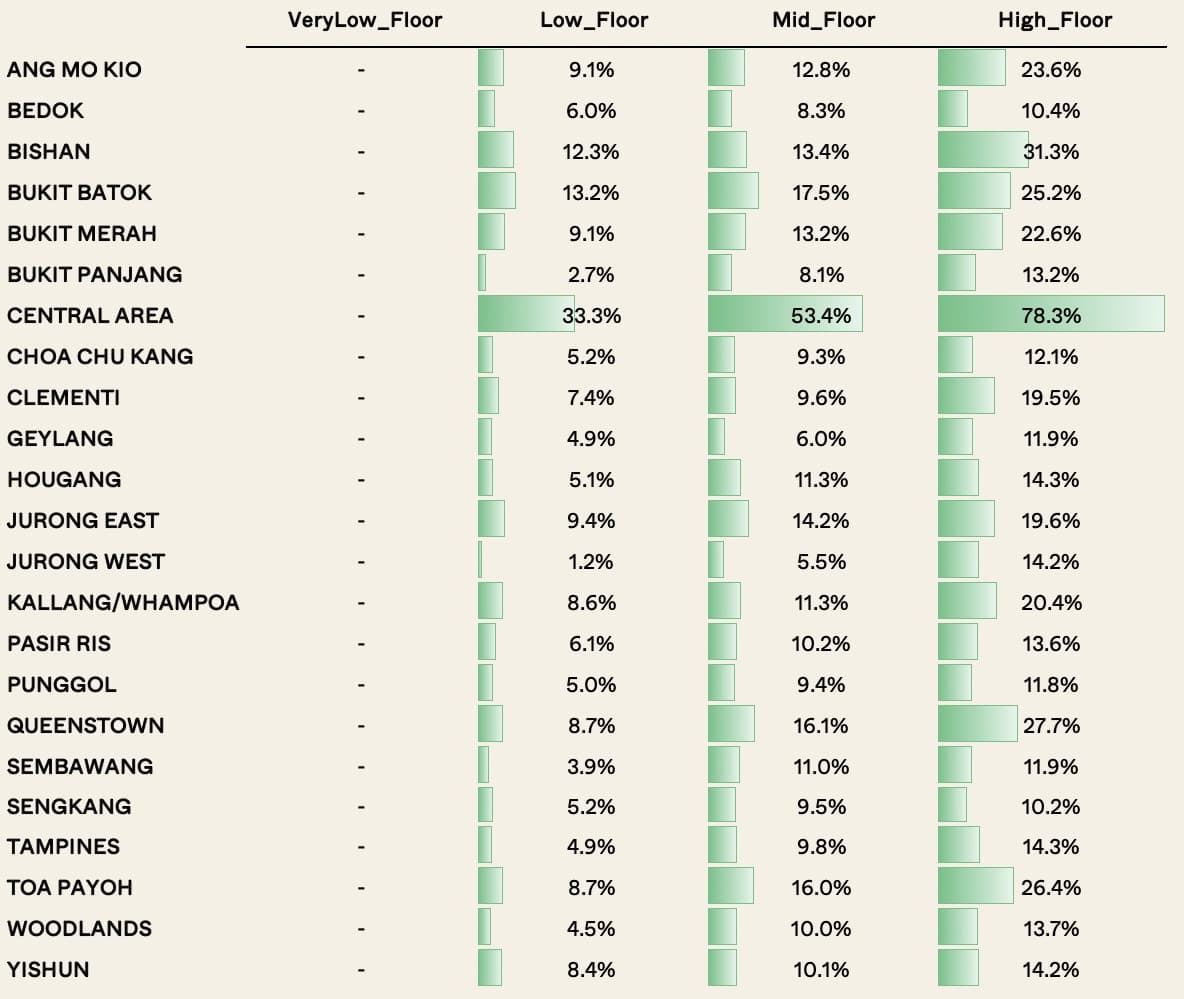
Across different towns, we note that those with higher plot ratios (e.g. Bishan, Clementi, Queenstown) tend to have flats on higher floors performing better than those on lower floors (e.g. Clementi Cascadia, Pinnacle@Duxton, Skyville@Dawson). For such towns, views do matter to some homebuyers, and they typically spare no expense in buying such flats. This contrasts with towns that have lower plot ratios for HDB flats (e.g. Bedok, Choa Chu Kang, Hougang, Woodlands), where there is a shorter runway for appreciation.
One exception here is Bukit Batok which saw a much higher $PSF difference from low floors compared to other non-mature flats. This could be explained by the larger proportion of new flats sold at Skyline I & II @ Bukit Batok (it goes up to 38 storeys and boasts unblocked views).
Resale transactions for high-rise HDB flats are more prominent in recent times, and it’s usually the mature estates with high-rise HDBs that carry a heavier premium. Mature estates like Tampines tend to have lower-rise HDBs likely due to the proximity to Changi Airport which could explain why the premium for mid and high floors is a lot lower than those in the Central Area, Bishan, Queenstown and Toa Payoh where flats can go 30 to 40+ storeys high.
Here’s what the premium on higher floors looked like for resale transactions between January 2010 to end of 2011:
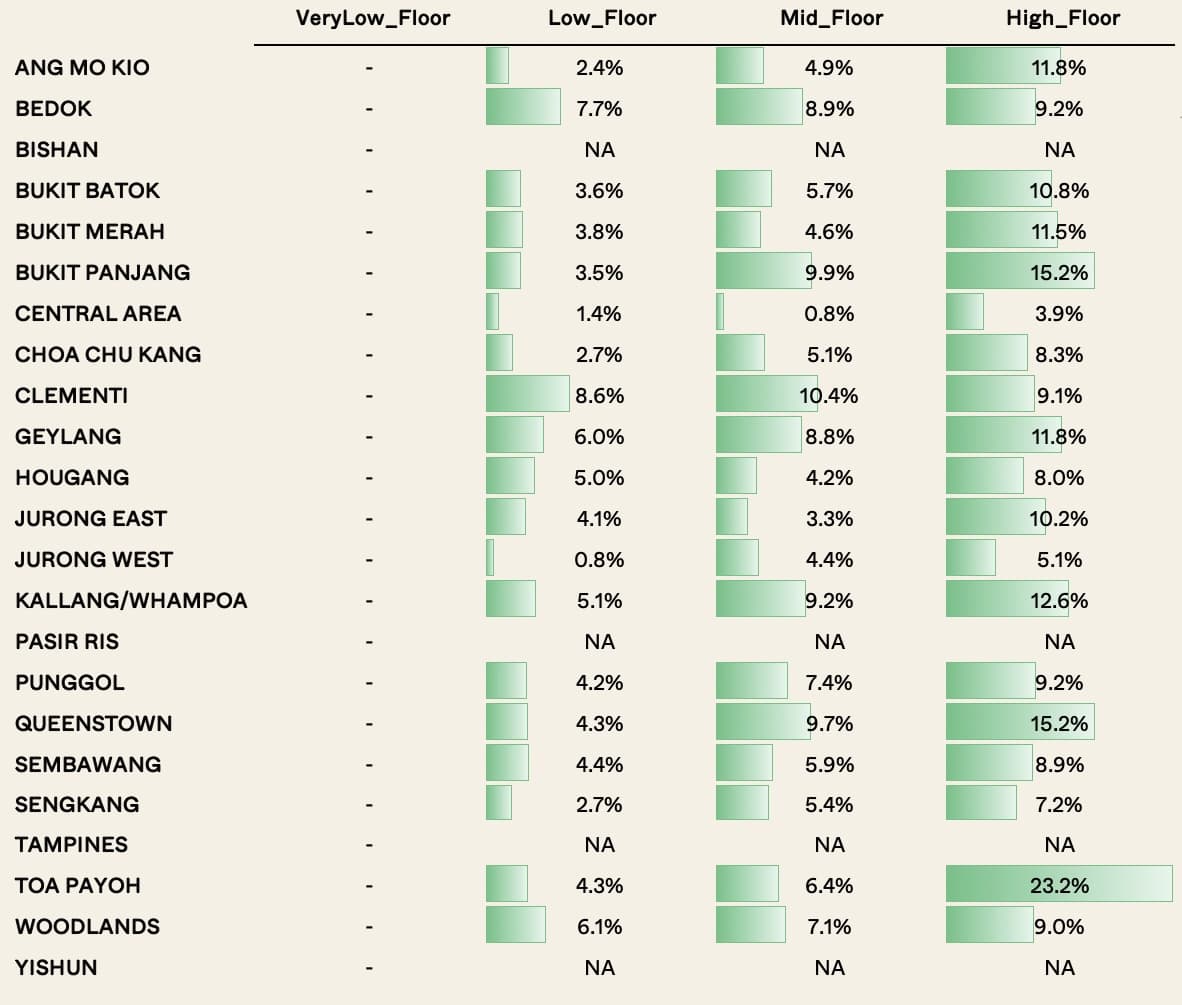
Notice the stark contrast between the transactions between the years 2010 – 2012 for Central Area flats. At that point, Pinnacle@Duxton hadn’t reached its first MOP, as such, many of the central flats here were of the older variety that had fewer floors.
Also if you’ve noticed, Toa Payoh also consistently had significant higher floor premiums for transactions in both eras. This is because it was the first estate to register a resale transaction of a unit that’s above at least 31 storeys high (Toa Payoh Towers). DBSS like The Peak @ Toa Payoh also had at least 40 storeys transacted in the past few years, allowing it to maintain its high premium over lower floor units.
Another point is that for transactions between 2010 – 2012, data for HDB estates like Pasir Ris, Tampines, Yishun and Bishan cannot be found – this is because data for HDBs with leases earlier than 2003 were excluded from the study. Many BTOs built from the 2003 – 2007 era were focused on Punggol and Sengkang.
Overall, it’s observed that the differentials in prices between estates seem to be a result of different plot ratios, allowing newer and taller HDBs to increase the disparity between the lower floor and higher floors units and not so much that ground floor unit prices are stagnant.
Conclusion
To wrap up, flats located on lower floors are not necessarily as bad as some homebuyers may think, particularly when the property market is bullish. However, sometimes given the stigma associated with such flats, it might take time for them to be transacted.
So would buying a low floor property mean you’ll likely lose money? If a purchase was made in the secondary market, the odds of losing money as a result of this attribute should not be any different than buying other properties. It’s no secret that lower floor units are cheaper, and for a good reason. When you end up buying cheap, you are likely to sell cheap too – so the result is the same.
This is in contrast to buying in the primary market (e.g. BTO/SBF/New Launch) and then selling in the secondary market, where HDB’s/developer’s mispricing may occur and the lack of transactions for that development at that point in time makes it difficult to accurately price the unit for the first-hand buyer.
Should you be concerned about buying a ground/low-floor unit then? If you do your research well (check for past transacted prices of the block and surrounding properties), then these fears are unwarranted.
And as evident in our earlier finding on flats’ appreciation and their age, having good holding power is fundamental in any investment, even though the intent of purchasing flats may be more for occupation purposes.
Instead of focusing on physical attributes such as floor levels, it would be more conducive if aspiring homebuyers can complement this with the observation of impending changes in the external environment (e.g. using the Master Plan).
The latter will have a multiplier effect on the values of homes that is unmatched by floor levels alone. A couple of good examples would be the recent announcement of a new batch of 1,600 HDB flats in Farrer Park and an integrated tourism development in Jurong Lake District, which can help rejuvenate these areas and shore up home prices.
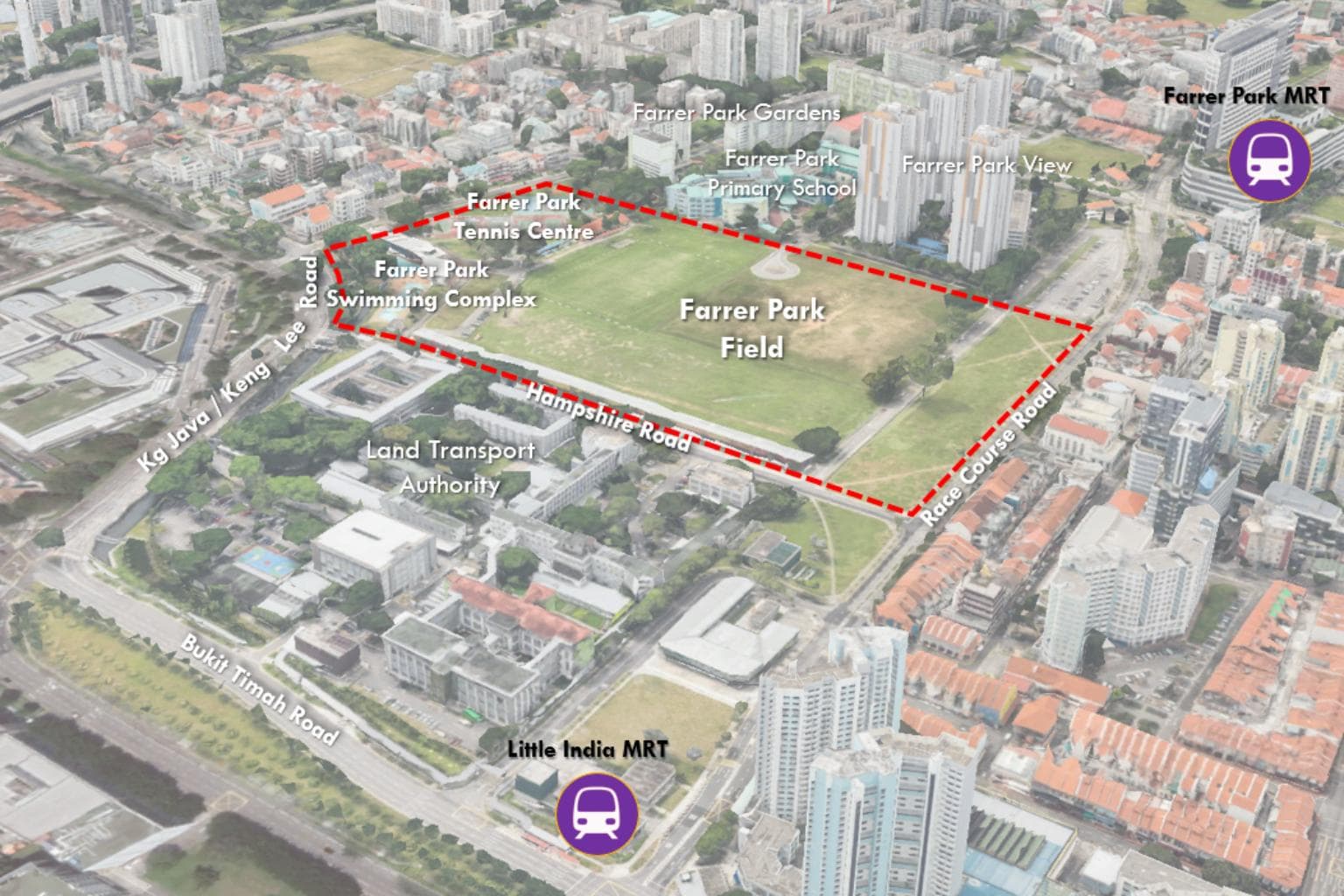
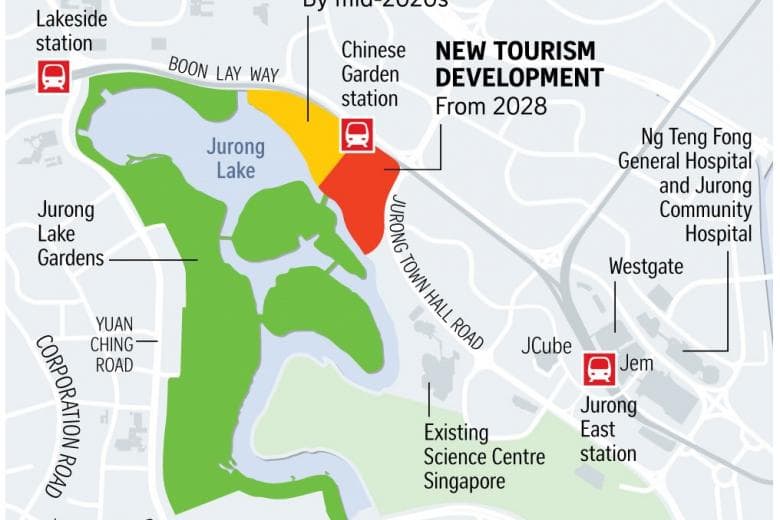
More importantly, as an HDB is often for your own stay purposes, do ensure that the reason you are buying a ground floor unit fits your lifestyle. Do you hate taking the lift? Do you mind having privacy issues? These are more pertinent questions to answer. When it comes to whether or not you’ll make money, it’s about your entry pricing and likely the external factors beyond just the floor level.
For more on property analysis, follow us on Stacked – and if you have any questions related to resale HDBs, feel free to drop us an email at stories@stackedhomes.com.
At Stacked, we like to look beyond the headlines and surface-level numbers, and focus on how things play out in the real world.
If you’d like to discuss how this applies to your own circumstances, you can reach out for a one-to-one consultation here.
And if you simply have a question or want to share a thought, feel free to write to us at stories@stackedhomes.com — we read every message.
Ian Tan
Ian is a property enthusiast who finds himself constantly learning about this art and uses data to educate himself on property investment. When not analysing property data, Ian can be found shooting hoops, eating healthily and reflecting on himself, so that he can continue pursuing his aspirations for as long as his mind and body allow.Read next from Property Trends
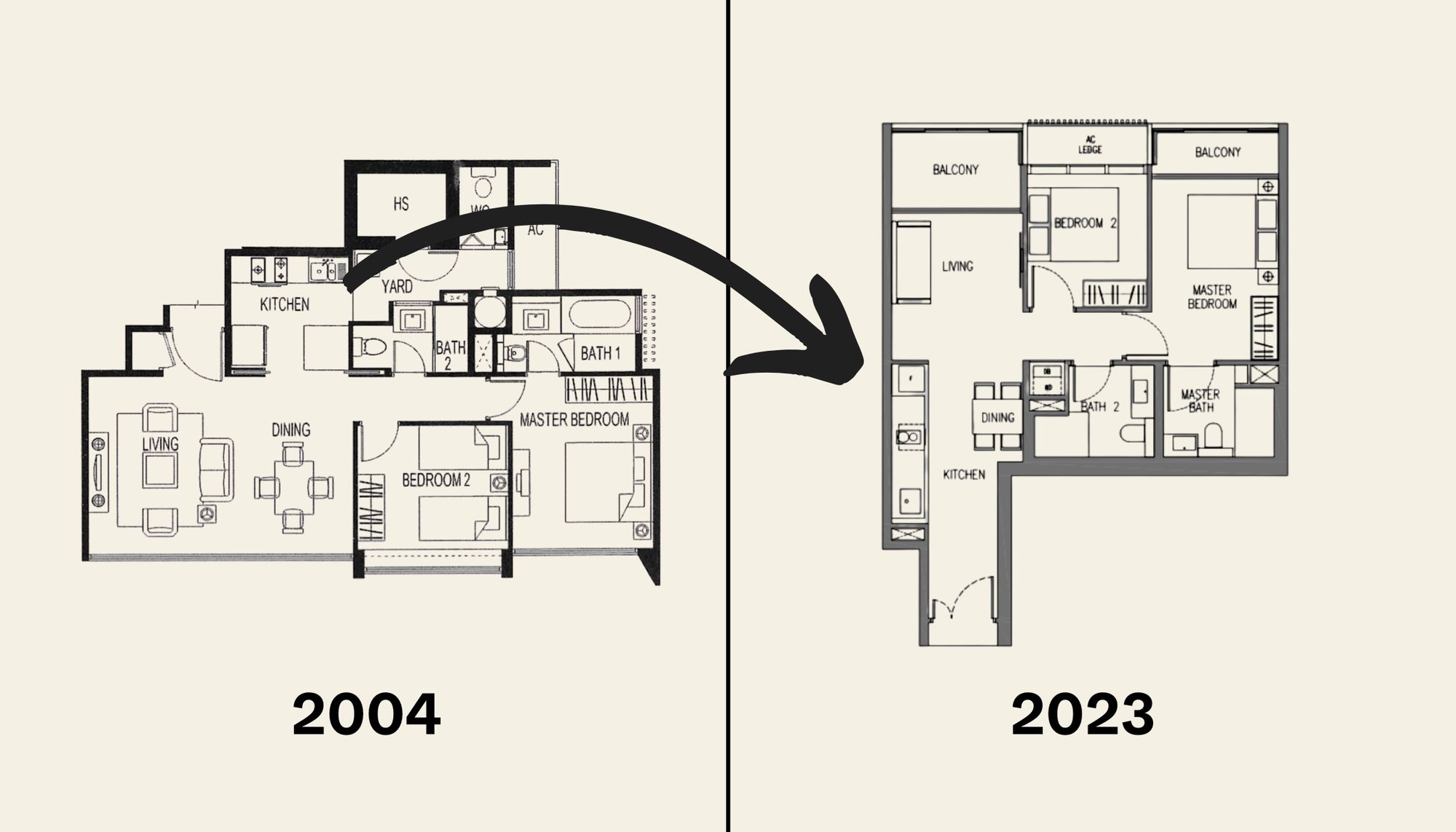
Property Trends The Room That Changed the Most in Singapore Homes: What Happened to Our Kitchens?
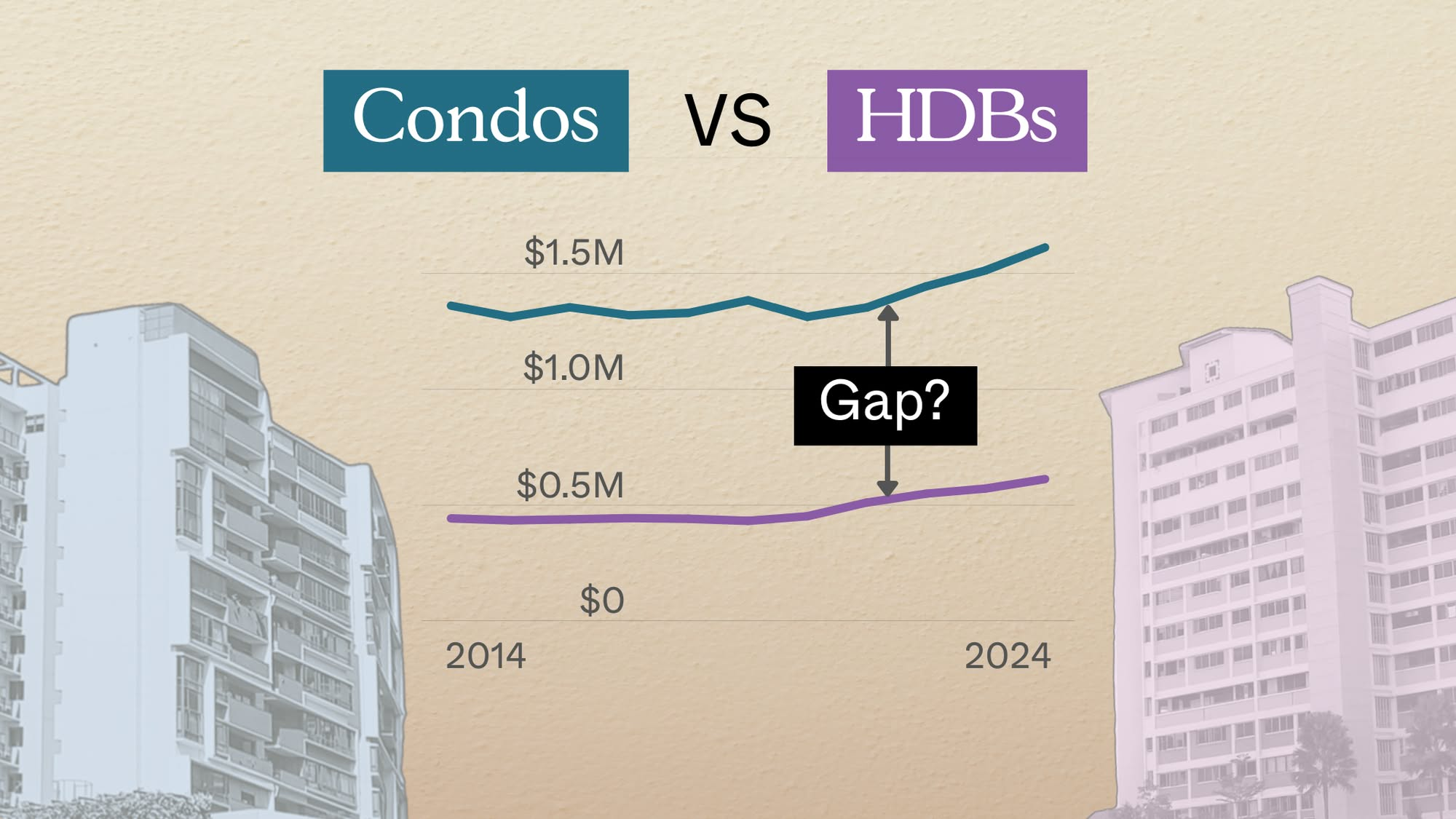
Property Trends Condo vs HDB: The Estates With the Smallest (and Widest) Price Gaps
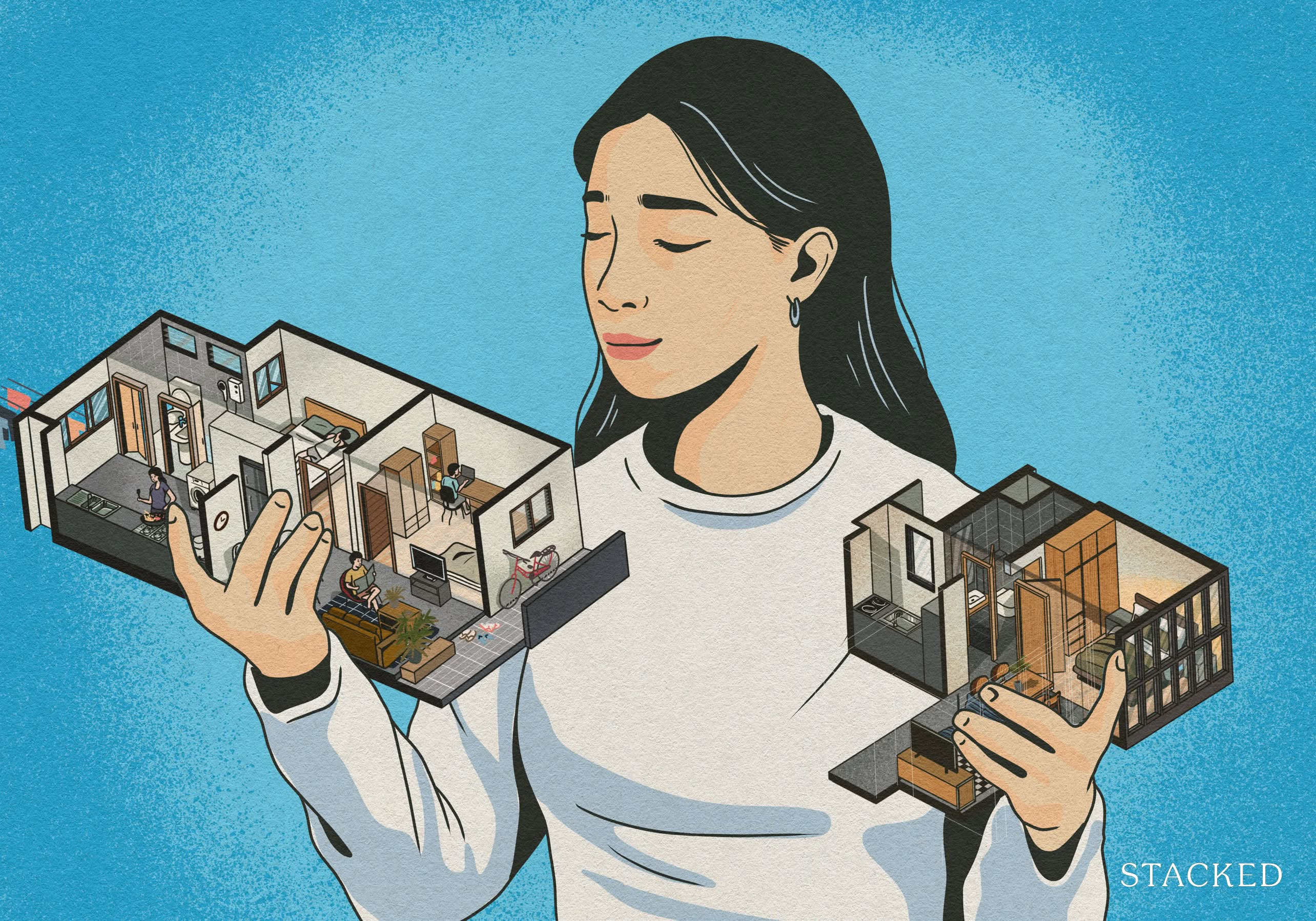
Property Trends Why Upgrading From An HDB Is Harder (And Riskier) Than It Was Since Covid
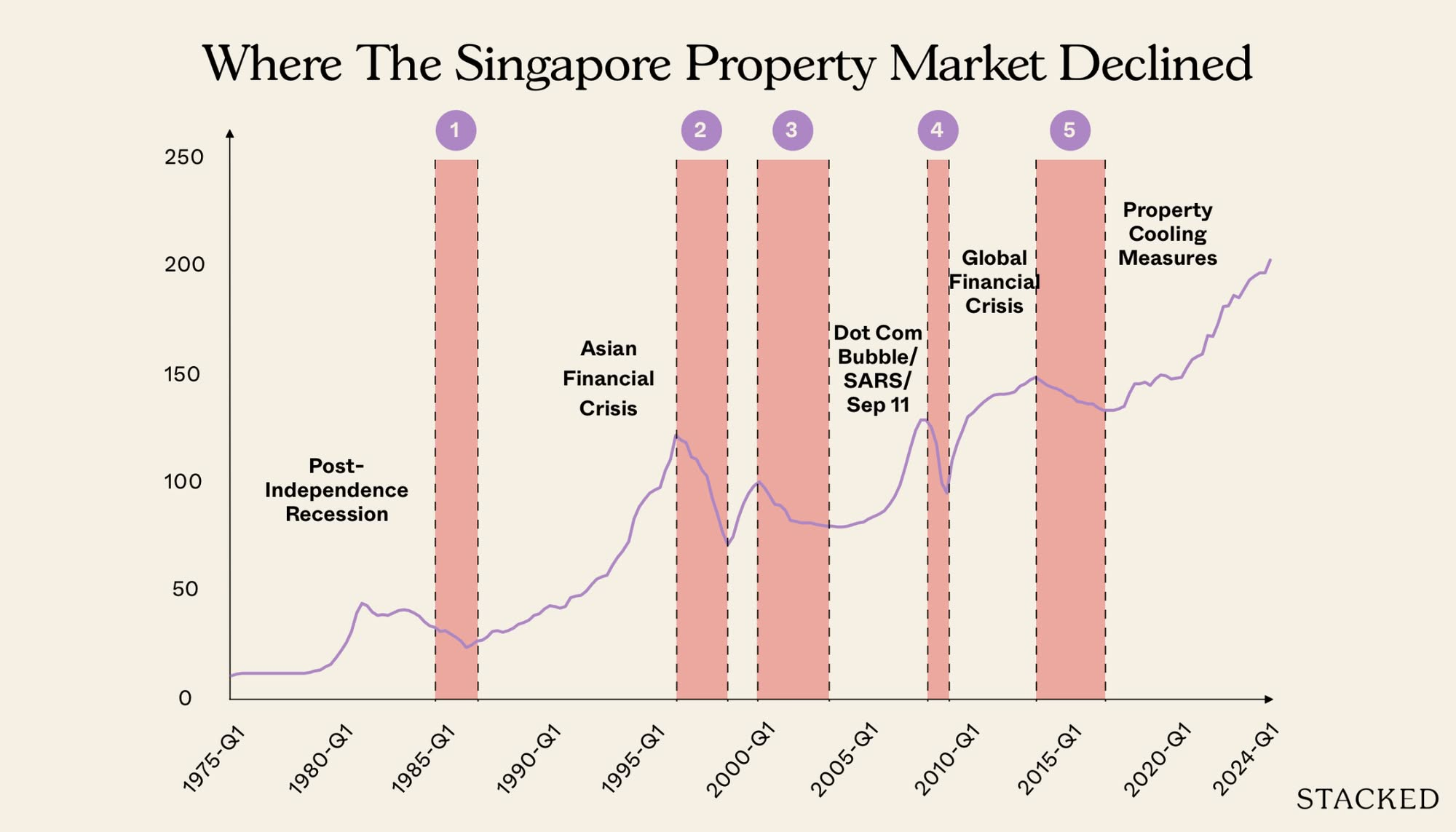
Property Trends Should You Wait For The Property Market To Dip? Here’s What Past Price Crashes In Singapore Show
Latest Posts

Property Advice We’re In Our 50s And Own An Ageing Leasehold Condo And HDB Flat: Is Keeping Both A Mistake?

Pro How A 625-Unit Heartland Condo Launched In 2006 Became One Of 2025’s Top Performers

Property Investment Insights Does Buying A One-Bedroom Condo Still Make Sense As An Investment In 2026

Property Market Commentary Why This Once-Ulu Town In Singapore Is Going To Change (In A Big Way)

Singapore Property News This HDB Just Crossed $1.3M For The First Time — In An Unexpected Area

Singapore Property News “I Never Thought I’d Be Sued by a Tenant.” What Long-Time Landlords in Singapore Miss

Property Market Commentary I Lived In Bayshore When It Was ‘Ulu’. Here’s How Much It Has Changed

Singapore Property News HDB Resale Prices Finally Slowed in 2025 — Will It Continue in 2026?

Singapore Property News Breaking News: District 23 Condo Sells Out In Under Two Years At $2,120 Psf Average

On The Market Here Are The Cheapest 3-Bedroom Condos in Central Singapore You Can Still Buy From $1.15M

Property Market Commentary Why The Singapore Property Market Will Be Different In 2026 — And It’s Not Just About Prices

Editor's Pick 2025 Year-End Review Of The Singapore Property Market: What The Numbers Reveal

Pro This 21-Year-Old Condo Didn’t Sell Out Initially, Yet Became A Top Performer

Editor's Pick How The HDB Resale Market Performed In 2025, And What It Means For 2026 Prices

Editor's Pick 4 Key Trends Reshaping Singapore’s New Launch Condo Market In 2026



